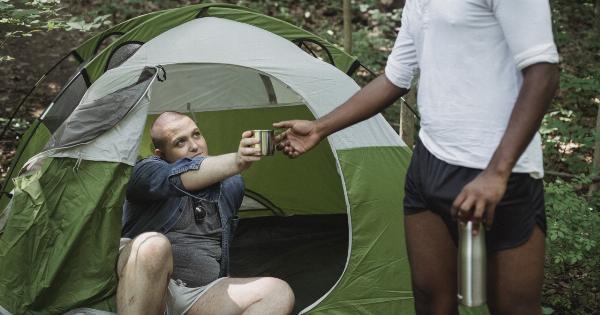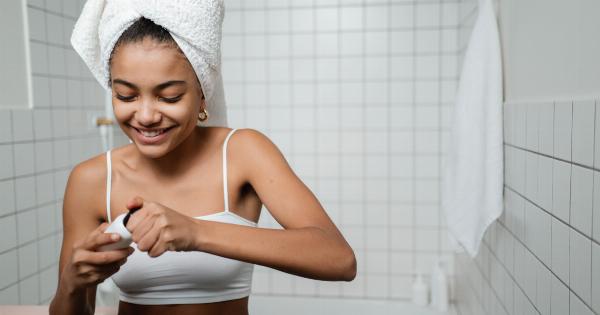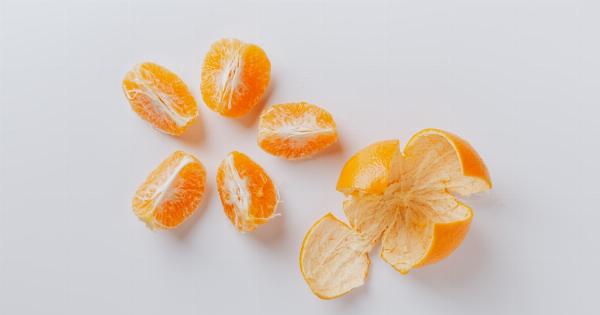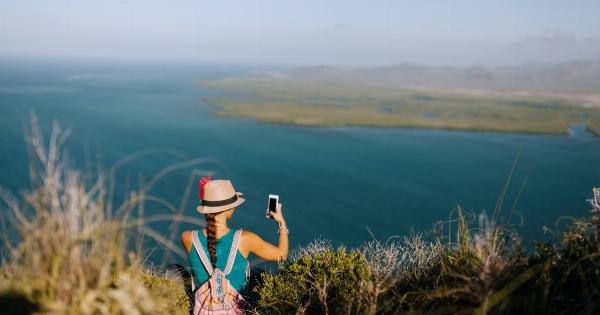Blisters are a common skin condition that can cause discomfort and pain. They are caused by friction, sweating, and wearing tight shoes for an extended period. In this article, we will discuss the three steps to manage skin blisters effectively.
Step 1: Clean and Sterilize the Affected Skin Area
The first step in managing skin blisters is to clean and sterilize the affected area. This is important to prevent infection and promote healing. You can use soap and water to clean the affected area or an alcohol-based disinfectant.
Make sure to dry the area completely before proceeding to the next step.
Step 2: Protect the Skin Blisters
The second step is to protect the skin blisters. This is important to prevent further damage to the skin and promote healing. There are several ways to protect the skin blisters:.
Option 1: Cover the Blister with a Bandage
You can cover the blister with a bandage to protect it from further damage. Use a bandage that is large enough to cover the entire blister. Make sure the bandage is not too tight to avoid putting pressure on the blister.
Option 2: Use Moleskin Padding
You can also use moleskin padding to protect the blister. Moleskin is a soft and cushioned material that can reduce friction on the affected skin area. Cut out a piece of moleskin padding that is large enough to cover the blister.
Make sure to apply the moleskin onto the unaffected skin around the blister to avoid putting pressure on the blister itself.
Step 3: Let the Blister Heal Naturally
It is essential to allow the blister to heal naturally. Resist the urge to pop the blister as this can cause infection and slow down the healing process. The fluid inside the blister is there to protect the skin underneath.
If the blister pops, the skin underneath will be exposed to bacteria and dirt, which can cause infection.
If the blister is in a location where it is difficult to avoid further friction, you may need to drain the fluid from the blister. To do this, use a sterilized needle or pin to make a small hole at the edge of the blister.
Gently press the blister to drain the fluid out. Once the fluid is out, cover the blister with a bandage or moleskin to protect it from further damage.
Conclusion
Skin blisters can be uncomfortable and painful, but they can be managed effectively with these three steps. Clean and sterilize the affected skin area, protect the skin blisters, and let them heal naturally.
If the blisters are causing too much discomfort or do not heal within a week, consult a healthcare professional.































